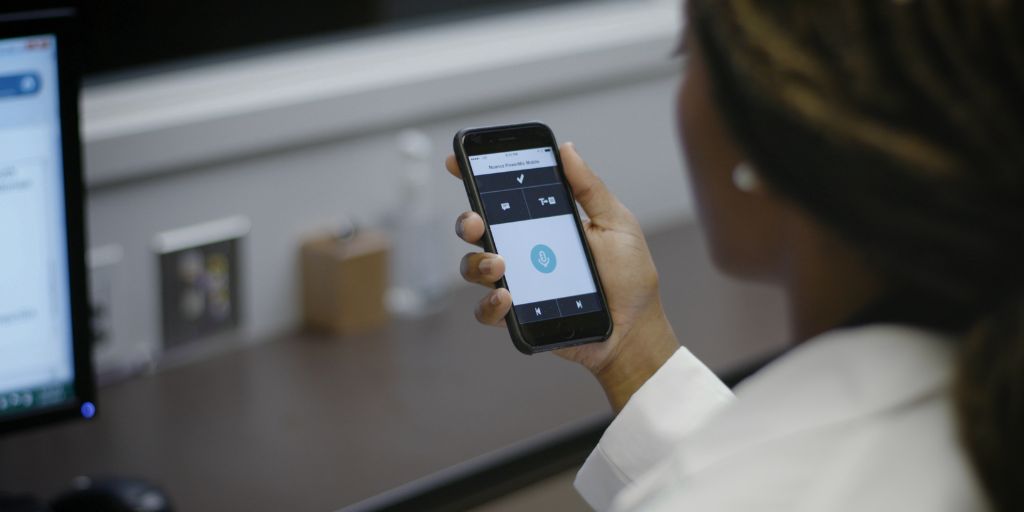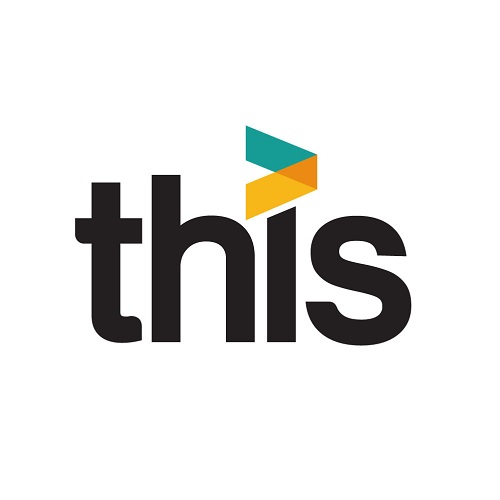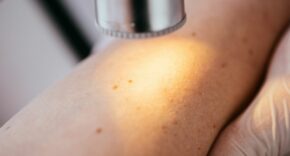
Voice recognition (VR) technology is being used by a Yorkshire hospitals trust to reduce repetitive tasks and stresses surrounding the recording, checking and despatch of patients’ clinical notes and letters, enabling staff to spend more time on patient care.
It is one of several pioneering innovations introduced by The Health Informatics Service (THIS) to benefit its host trust – Calderdale and Huddersfield NHS Foundation Trust (CHFT), which manages Huddersfield Royal Infirmary and Calderdale Royal Hospital in Halifax, along with community outreach services.
THIS works with public, private, and not-for-profit health care providers across the UK. Clients include integrated care boards, hospitals, laboratories, hospices and charities. The Elland-based organisation has four main areas of services covering informatics and IT. These are operational support, professional services, website design, and information management.
Working in partnership with Nuance Dragon Medical One, a cloud-based solution hosted on Microsoft Azure, THIS is pioneering VR in CHFT’s musculoskeletal and physiotherapy services with an aim to extend its use further.
Peter Howson, THIS’ Commercial Director, says: “We will look at how we scope this out into different services and departments. One size doesn’t fit all. We’re looking at tailoring speech recognition for different services.
“For example, how we can apply it to different wards, therapies, or occupational health; for NHS staff with dyslexia or with wrist injuries, which means they cannot use keyboards at work. This is about developing digital projects with people – collaborating with client organisations and staff to design and develop the best systems.”
Choosing a pioneering pathway
Joints, muscles, and bone conditions affect one-in-four of the UK adult population and account for over 25 percent of surgical interventions nationally by the NHS, hence the reason musculoskeletal and physiotherapy services were chosen to pioneer the initiative for increased efficiency.
The VR technology has enabled clinical and secretarial staff to spend more time on patient care, while minimising unwarranted variances in patients’ records, and reducing staff frustration and burn out blamed on heavy paperwork duties.
In one six-month period, staff inputted more than 40,000 minutes of text using the voice recognition technology.
Because inputting speech with voice recognition is 3-5 times faster than typing, THIS estimates the new system saved approximately 150,000 minutes (2,500 hours) that would previously been required to type up the information.
Peter Howson: “We provided the entire business case for using VR solutions across the trust, of which the application in musculoskeletal and physiotherapy services forms just one part.
“We provided technical set-up and agile project management, defining the scope of voice recognition applications across these services. The outcomes include efficient, leaner, and more consistent clinical record keeping and improved professional satisfaction, with staff spending more time in caring for patients.”
Putting the focus on patient care
Using Nuance Dragon Medical One, each clinician reads through the relevant script displayed on-screen and uses their voice commands known as AutoTexts to add specific details, such as the individual patient’s name and medical details, at highlighted brackets tailored to the patient within the text.
Peter Howson: “Traditionally, consultants spoke into dictating machines and secretaries typed up the patient notes which had to be checked before being filed or despatched as letters. The process could involve four handovers.
“Now with voice recognition, the clinician speaks and uses AutoTexts, the secretary checks the notes, and the notes are actioned. Clinicians can then focus more on patient care and secretaries can focus on other more valuable tasks relating to management of the practice or department. Voice recognition also removes variance and creates common quality with all notes.”
Transforming the delivery of patient services
Simon Wallace, Chief Clinical Information Officer at Nuance, says: “Calderdale and Huddersfield NHS Foundation Trust is transforming the way it delivers patient services, harnessing modern technologies to improve outcomes and support staff.
“The need for quick, quality clinical documentation has never been more important. Those on the front line – hospital doctors, GPs, nurses, and other healthcare professionals – are working tirelessly to provide essential services and lifesaving treatments.
“With so much strain on the NHS’s resources, it can feel as if paperwork is yet another heavy and time-intensive burden for clinical professionals. Therefore, many hospitals are turning to our speech recognition technologies. Not only do these technologies save time, but they also enable clinical professionals to focus on what really matters – their patients.”
Helping to create a ‘digitally aspirant’ trust
Digital health solutions such as VR delivered by THIS for CHFT have contributed to its current status as a ‘digitally aspirant’ trust, taking it from 150th in a digital trust league table to being one of the most digitally mature trusts in England.
Among the many facets of THIS’ work, it is delivering:
- Better interoperability between systems, such as its collaboration with two major suppliers to create a link between CHFT’s drug prescription system, hosted on EMIS software, and its Electronic Patient Record (EPR), hosted by Cerner Millennium. It is a first-of-type solution across the NHS, which has removed the need for duplicated tasks between two standalone systems.
- Asset tracking and equipment monitoring, which includes the facilitation of fingerprint recognition technology to allow clinicians access to medical storage cabinets designed to provide safe and secure storage of controlled drugs and medications.
- Continuous development and expansion of solutions in line with NHS digital aspirations, such as the introduction of predictive analytics, which have been used to smooth the post pandemic deployment of clinicians from Covid care back to their normal duties; and to provide near time mortality ratios – speeding up a process that usually has a three-month lag time. The predictive data allows key personnel to see crucial information three months ahead of when they would normally receive it.
More about THIS’s ground-breaking work will feature on Health Tech Digital in the next three months, but in the meantime you can discover further information about THIS and its services here.

Established in 2006, THIS is an award-winning digital healthcare and IT specialist. It is the only NHS informatics service to hold three ISO standards: ISO9001 (Quality Management), ISO20000 (Service Management) and ISO27001 (Security). It has more than 230 expert staff leading and helping the digital transformation of primary, secondary and third sector care. Its extensive knowledge of NHS systems and values are unrivalled and its digital healthcare services played a key role in Covid-19 pathology testing and vaccine roll-out during the pandemic.









